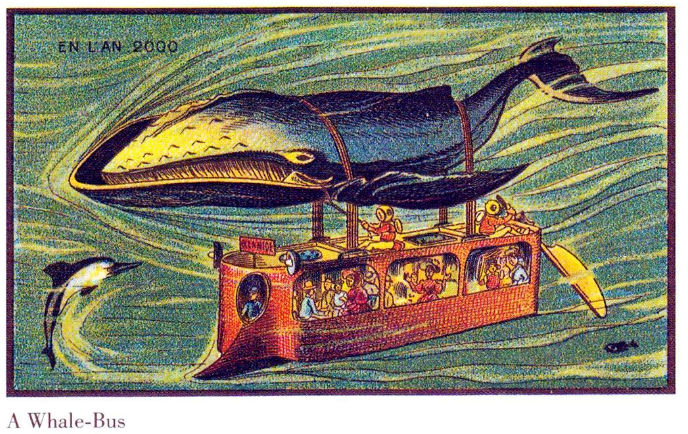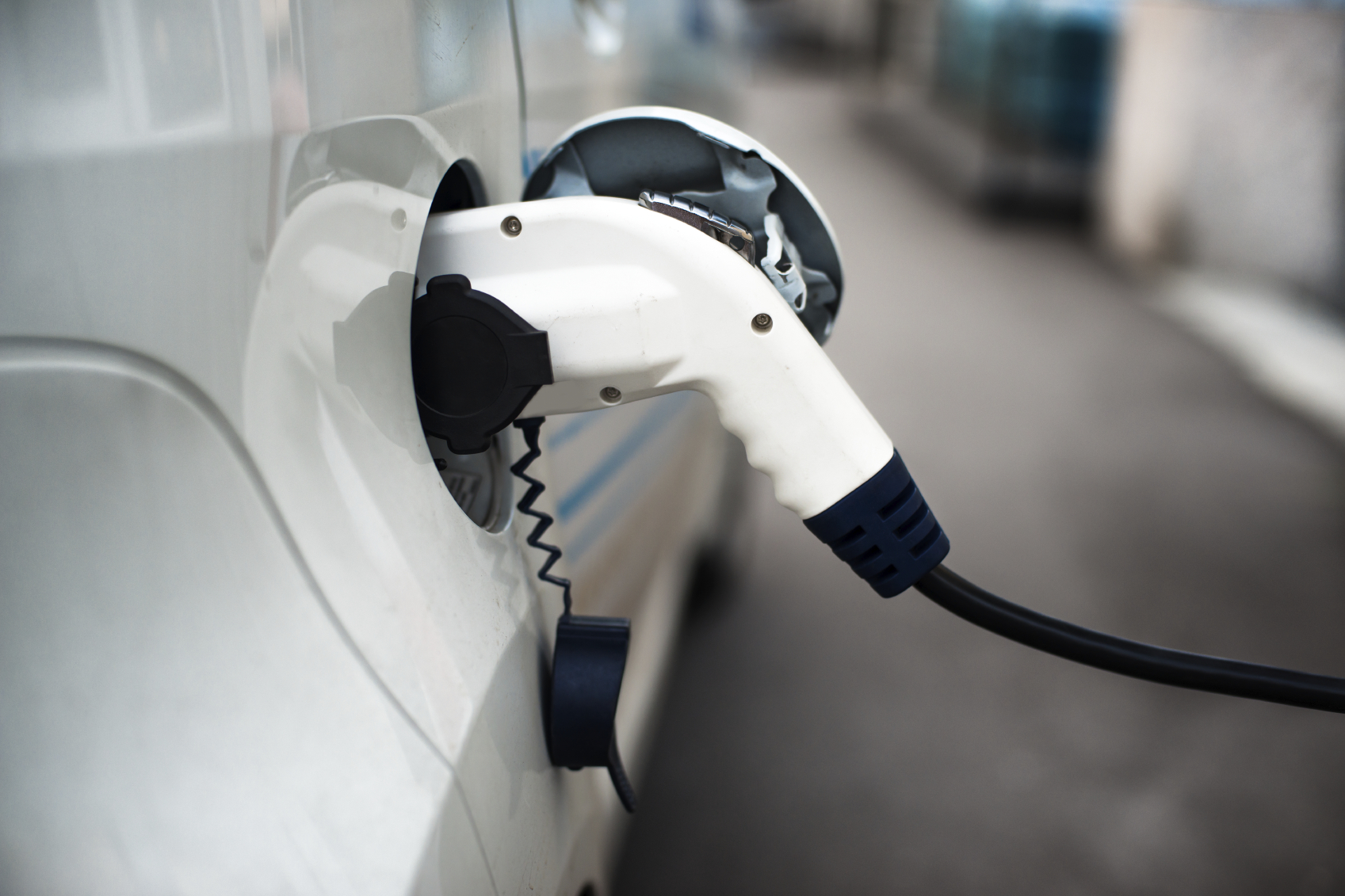
Evaluation, Measurement and Verification 2.0, or EM&V 2.0, is a nerdy term coined in 2014, according to this blog by Northeast Energy Efficiency Partnerships (NEEP). The hype of EM&V 2.0, which I will explain later, is that it will automate measurement and verification, putting us engineers out of business. This is not going to happen anytime soon. Definition 2.0 The definition of EM&V 2.0 boils down to using utility meter interval data, typically hourly or sometimes every 15 minutes, or maybe even 5 minutes, to disaggregate and measure impacts from energy efficiency measures. One could consider that EM&V 2.0 is…
Read More



